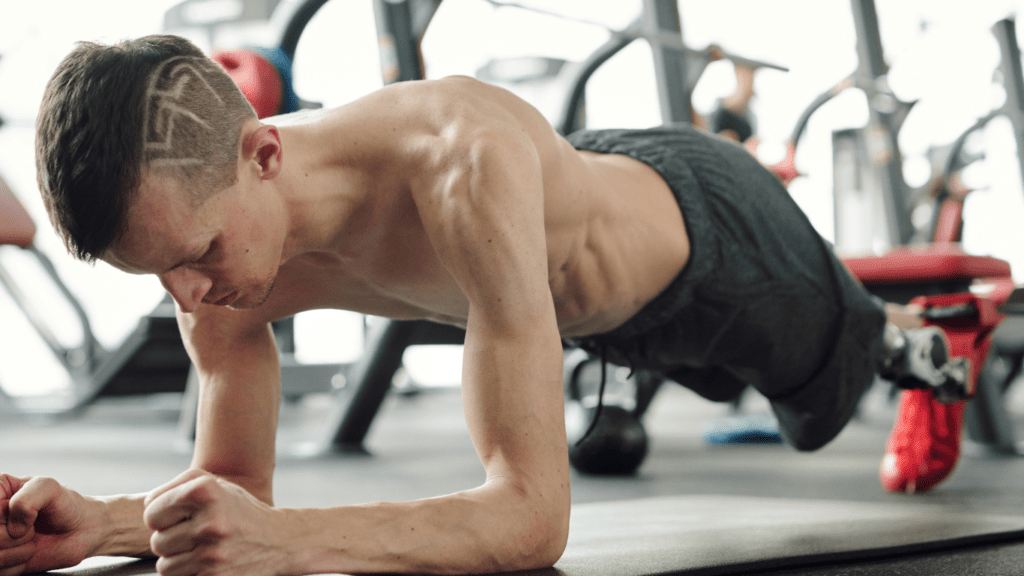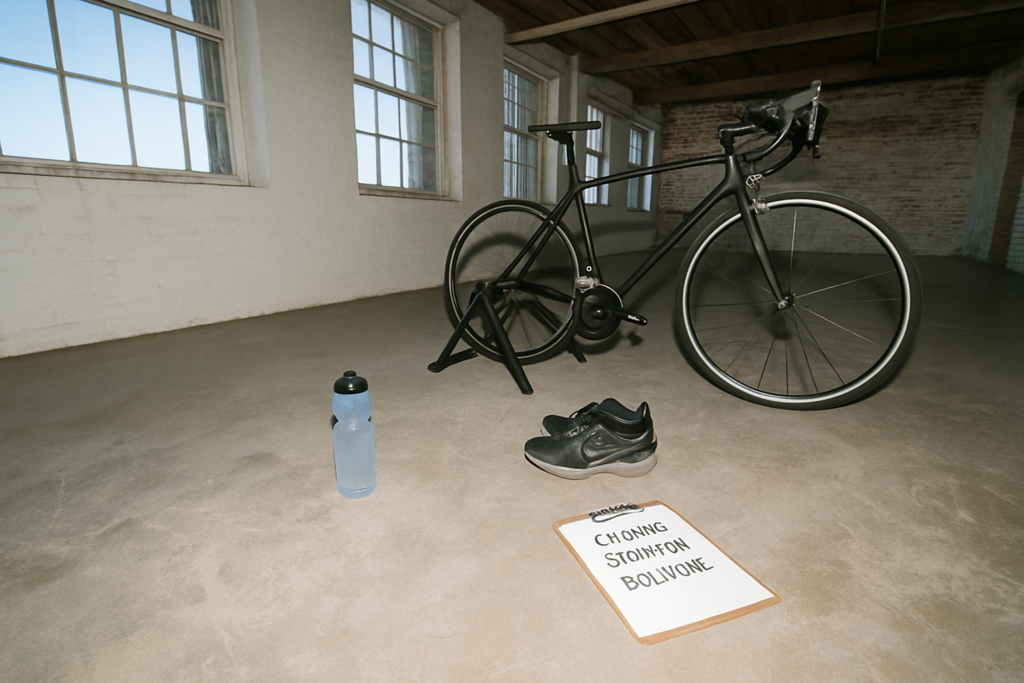Benefits of Strength Training for Cyclists
Strength training offers numerous benefits to cyclists, enhancing overall performance and allowing for more efficient rides. Here are some key advantages:
Improved Power Output
Strength training increases power output for cyclists. Power is essential when dealing with steep climbs and sprints.
Exercises like squats, deadlifts, and leg presses target the major muscles involved in cycling, boosting force production.
Enhanced Endurance
Strength training enhances muscular endurance over long rides. By incorporating workouts like lunges, calf raises, and core exercises, cyclists can sustain higher intensities for extended periods.
Increased endurance reduces fatigue and maintains pace efficiently.
Injury Prevention
Strength training reduces the risk of injuries by strengthening muscles, tendons, and ligaments. Exercises targeting hip flexors, quads, and hamstrings improve stability and muscle balance.
This diminishes the likelihood of overuse injuries and enhances overall riding longevity.
Key Strength Workouts for Cyclist
Strength training is essential for cyclists, targeting core, leg, and upper body muscles to boost performance and reduce injury risks.
Core Strengthening Exercises
Core muscles stabilize the body during cycling. Focus on planks, Russian twists, and bicycle crunches. These effectively engage the abdominal muscles, obliques, and lower back.
- Planks: Maintain a straight line from head to heels for 30-60 seconds.
- Russian Twists: Sit with legs lifted and twist the torso side to side, holding a weight.
- Bicycle Crunches: Lie on your back, alternate touching elbows to opposite knees, simulating pedaling.
Leg Strength Workouts
Strong legs improve pedaling power and endurance. Include squats, lunges, and deadlifts in your routine.
- Squats: Perform with body weight or adding weights, keeping knees aligned with toes.
- Lunges: Alternate legs stepping forward or backward, ensuring a 90-degree angle at both knees.
- Deadlifts: Keep the back straight, lower the weights to the floor, and engage the hamstrings and glutes.
Upper Body Training
Upper body strength supports bike handling and posture. Perform push-ups, pull-ups, and bent-over rows.
- Push-ups: Keep the body in a plank position, lowering to the ground, then pushing back up.
- Pull-ups: Use an overhand grip, pull the body upwards until the chin is above the bar.
- Bent-over Rows: Bend at the hips, pull the weights toward the torso, engaging the back muscles.
Incorporating Strength Training into Cycling Routine

Integrating strength training into my cycling routine elevated my performance and overall fitness. It enriched my endurance and reduced injury risks.
Creating a Balanced Schedule
Balancing cycling with strength training ensures optimal results. I dedicate three days to cycling and two days to strength training. This split allows recovery and prevents overuse injuries.
On cycling days, I focus on endurance rides or interval training. On strength days, I target different muscle groups with core, leg, and upper body workouts.
For instance, I perform squats and lunges on one day and push-ups and pull-ups on another. This approach maximizes gains without compromising ride quality.
Seasonal Training Adjustments
Adjusting my routine for different seasons keeps my training effective. During off-season months, I prioritize strength training to build muscle and address imbalances.
I spend more time on weight-bearing exercises like deadlifts and rows. In peak cycling season, I reduce gym sessions and increase on-bike activities.
This shift maintains muscle strength while emphasizing ride-specific skills. I also vary intensity based on my cycling goals, ensuring my workouts remain aligned with race schedules or personal milestones.
Equipment and Space Considerations
Setting up a proper environment is crucial for effective strength training for cyclists. It ensures safe, consistent, and productive workouts.
Required Equipment for Home Workouts
For home workouts, I recommend essential equipment like dumbbells, resistance bands, and a stability ball. Dumbbells cater to a range of exercises targeting different muscle groups.
Resistance bands are versatile and useful for adding extra resistance without needing heavy weights. A stability ball aids in core exercises and enhances balance training.
Additionally, investing in a yoga mat provides comfort and prevents slipping during exercises.
Tips for Gym-Based Cycling Strength Workouts
When training at the gym, I focus on using machines, free weights, and functional training areas. Machines like leg presses and cable rows help isolate specific muscles, giving controlled, safe movement.
Free weights, like barbells and kettlebells, allow for compound movements that engage multiple muscle groups.
Functional training areas typically offer equipment like medicine balls, plyometric boxes, and TRX systems, which are great for full-body exercises.
Adjusting the gym routine to incorporate these elements maximizes the benefits for cycling strength training.

 I'm Daniel Leverette, and I’m excited to be part of the incredible team at Cycle Smooth Ride Long. Cycling has always been a passion of mine, and now, I get to share that passion with you by bringing expert insights, reviews, and tips to help you elevate your ride.
At Cycle Smooth Ride Long, we believe that every cyclist deserves the best experience, whether you’re hitting the pavement for a casual ride or gearing up for an intense training session. My goal is to ensure that you have the knowledge and tools you need to enjoy every mile, from choosing the right gear to optimizing your nutrition and fitness.
I'm Daniel Leverette, and I’m excited to be part of the incredible team at Cycle Smooth Ride Long. Cycling has always been a passion of mine, and now, I get to share that passion with you by bringing expert insights, reviews, and tips to help you elevate your ride.
At Cycle Smooth Ride Long, we believe that every cyclist deserves the best experience, whether you’re hitting the pavement for a casual ride or gearing up for an intense training session. My goal is to ensure that you have the knowledge and tools you need to enjoy every mile, from choosing the right gear to optimizing your nutrition and fitness.
